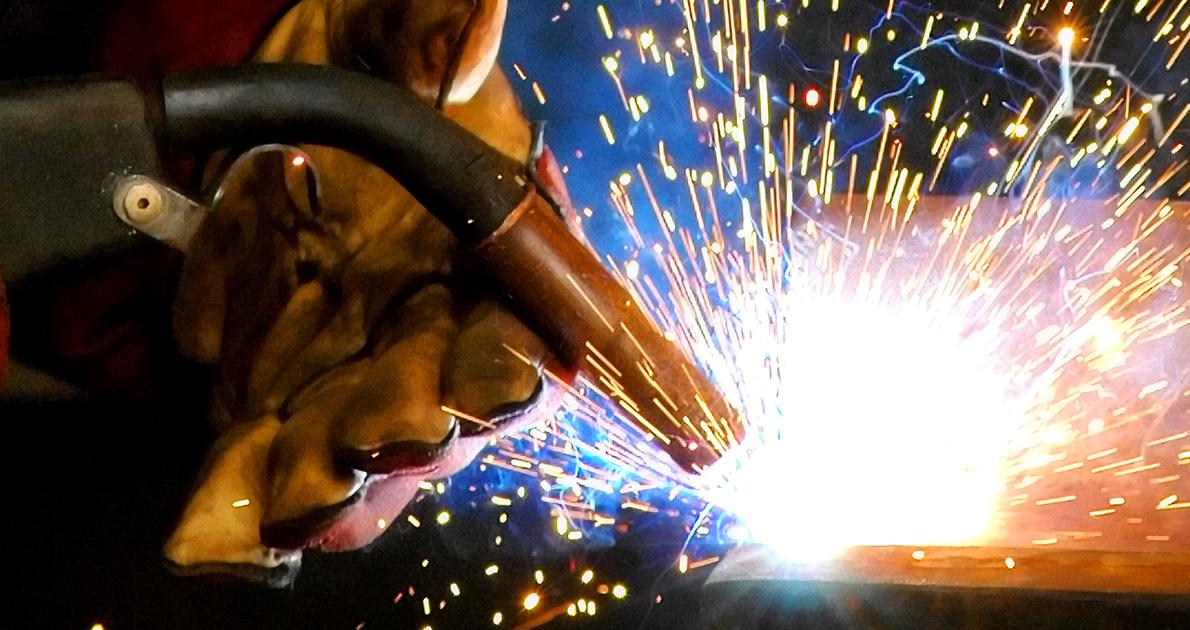What Are The Risk Factors For Siderosis?
Welding Industry

Individuals who have an occupation in the welding industry are at a high risk of developing siderosis. Welding is a process of sculpting or assembling utilized for the purpose of joining thermoplastics or metals together with the use of some form of a high-intensity heating element. The product parts are placed together and melted by the heat source, and are allowed to cool in order to produce the result of a strongly fused product. Welding is different from other kinds of temperature bonding processes such as soldering and brazing. The reason for this is because welding is a technique that completely melts the base metal, where lower temperatures used in soldering and brazing do not. Not all welding materials and processes involve exposure to iron oxide. However, all steel and iron welding processes do produce iron oxides as a contaminant of the mechanical and chemical reaction. Iron oxide fumes come in contact with individuals on a regular basis who have an occupation that involves the welding of iron-containing materials. Iron oxide fumes are a byproduct produced from the high heat applied to these substances during welding.
Continue reading to reveal more causes and risk factors of siderosis now.